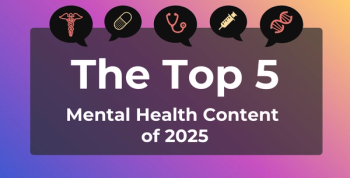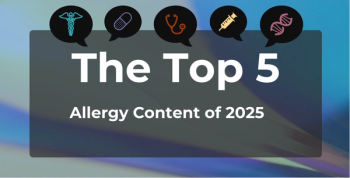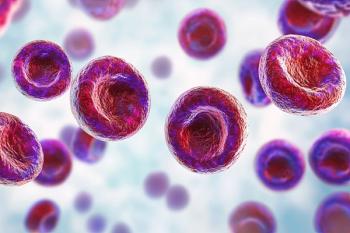
Children With ARDS Have a 30% Probability of Hospital Readmission, Study Says
Important factors associated with hospital readmission of children with acute respiratory distress syndrome (ARDS) included an index hospitalization of 14 days or longer and having chronic medical conditions during the index admission.
Of the more than 13,000 children who survived
There is an extensive number of studies highlighting the lasting health and quality of life effects in adults with ARDS. On the other hand, despite increasing survivorship, the long-term impact on children with ARDS is less known, especially hospital readmission and how it affects the patients, their families, and the health care system.
They explained that hospital readmission increases overall hospital costs and days for the children affected. The researchers also noted that unplanned readmissions contribute to the increasingly frequent bed shortages by decreasing the number of inpatient beds available.
Because of the range of problems hospital readmissions contribute to, the researchers conducted a study aimed to determine the burden of 1-year all-cause hospital readmission in child survivors of ARDS. The researchers assessed 3 key index hospitalization exposures within this study: the presence of a complex chronic condition (CCC) at discharge, the receipt of a new tracheostomy, and the index hospitalization length of stay (LOS).
“We hypothesized that readmission would occur in 1/4 of survivors and that the presence of a respiratory CCC, receipt of a tracheostomy during index admission, and longer LOS would be associated with increased hospital readmission after discharge,” the authors wrote.
The researchers created their study population using data from the commercial or Medicaid IBM MarketScan databases between 2013 and 2017, with follow-up data through 2018; they conducted data analysis from March 2022 to March 2023. The study population consisted of 13,505 children older than 28 days and younger than 18 years old with a respiratory illness who received mechanical ventilation (MV) and had algorithm-identified ARDS.
To identify which children had ARDS, the researchers used a validated algorithm based on the International Classification of Diseases, Ninth Revision and International Statistical Classification of Diseases and Related Health Problems, Tenth Revision codes.
Of their study population, the researchers found that 1-year readmission occurred in 3748 children, the median age being 4 (range, 0-14) years old. They noted that the probability of 1-year readmission was 30.0% (95% CI, 29.0%-30.8%) with 50% of readmissions occurring within 61 days of initial discharge (95% CI, 56-67 days).
Additionally, they associated both respiratory (adjusted HR [aHR], 2.69; 95% CI, 2.42-2.98) and nonrespiratory (aHR, 1.86; 95% CI, 1.71-2.03) CCCs with 1-year hospital readmission. Hospital readmission was also associated with the placement of a new tracheostomy (aHR, 1.98; 95% CI, 1.69-2.33) and a LOS of 14 days or longer (aHR, 1.87; 95% CI, 1.62-2.16).
The researchers also acknowledged limitations to their study, one being that their data set did not include patients without insurance; this excluded the population from their analysis. Also, the researchers only evaluated readmissions to the same hospital, meaning they did not account for those readmitted to different hospital systems. Consequently, the study results have limited generalizability.
Based on their findings, the researchers concluded by urging future studies to evaluate whether post-discharge interventions, like telephonic contact, follow-up clinics, and home health care, “may reduce the readmission burden facing pediatric ARDS survivors.”
Reference
Keim G, Hsu JY, Pinto NP, et al. Readmission rates after acute respiratory distress syndrome in children. JAMA Netw Open. 2023;6(9):e2330774. doi:10.1001/jamanetworkopen.2023.30774
Newsletter
Stay ahead of policy, cost, and value—subscribe to AJMC for expert insights at the intersection of clinical care and health economics.







































